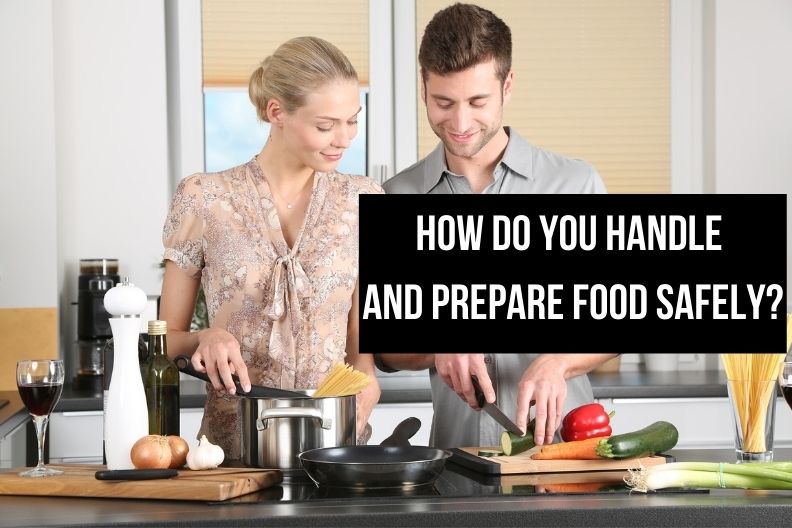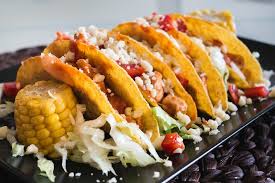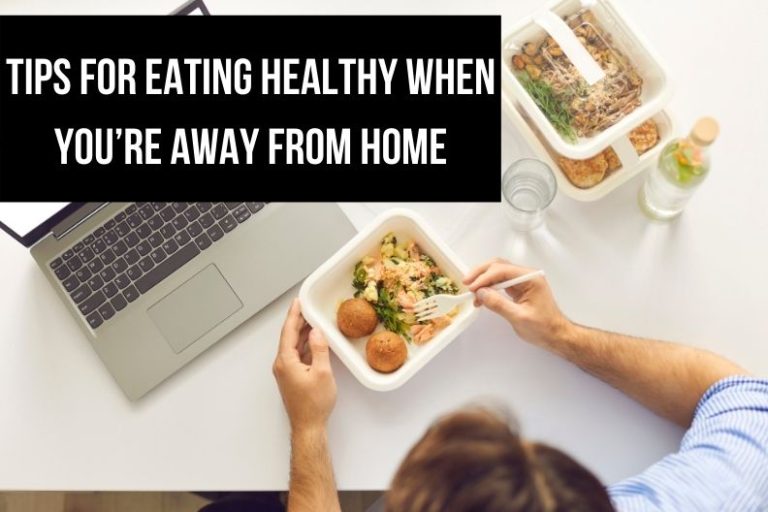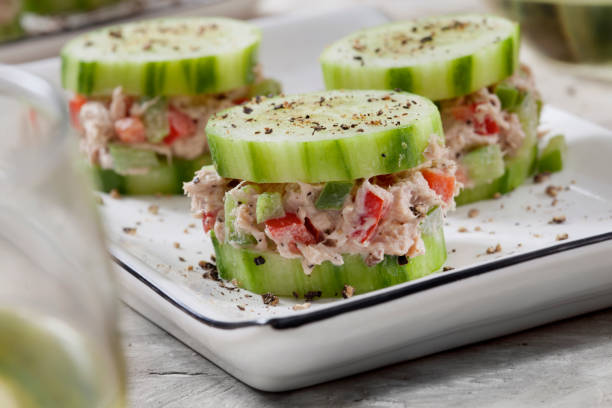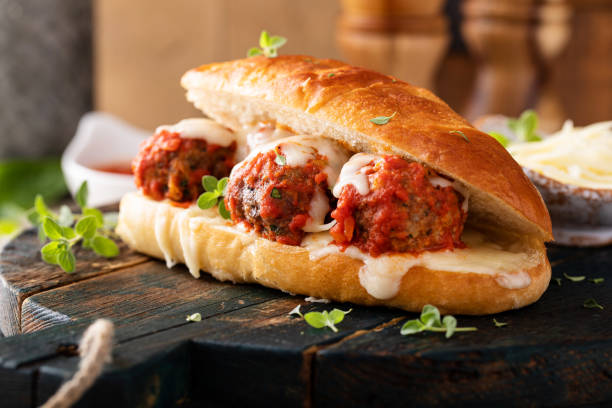How Do You Handle and Prepare Food Safely?
This post contains affiliate links. This means I will make a commission at no extra cost to you should you click through and make a purchase. Read the full disclosure here.
Following safety guidelines when preparing and serving food is another major part of the food safety picture. Cooking temperature kills most bacteria.
Table of Contents
Refrigerate Foods Promptly
Temperatures of 60 to 125 F (16 to 52C) allow bacteria to grow rapidly. This is why you should never allow cooked foods to stay at room temperature for more than two hours. Keep cold foods at or below 40 F (4C). Keep hot foods above 140F (60C). Refrigerate leftover foods as soon as possible.
What is the Proper Way to Thaw Meat and other Foods?
Thawing refers to the process of warming food that has been frozen so that the food can be eaten or prepared to be served. It is often considered simply the reversal of the freezing process. Harmful bacteria can grow in food that is not defrosted properly.
What are the Rules for Defrosting Foods?
Never thaw frozen meat on a countertop. Bacteria in the portions of the meat that reach room temperature will reproduce rapidly. The safest way to thaw all foods is to defrost them in the refrigerator. If you need to thaw food immediately, this is best done in the microwave (follow the directions of the microwave manufacturer) or, as a last resort, under cool running water (with the food wrapped or packaged).
Cook Meat and Other Food Properly
Do not eat or taste raw or partially cooked meat or poultry. Cook ground meat and all pork to an internal temperature of at least 160 F (71C). Cook beef, veal, and lamb cut to an internal temperature of 180 F ( 82C) and ground poultry to 165 F (74C). Reheat leftovers to a temperature of 165F (74C). Use a meat thermometer to check the internal temperature. Insert the tip of the thermometer into the thickest part of the meat, avoiding fat and bone.
Separate Raw Meats From Other Foods
Do not put cooked meat on the same plate that held uncooked meat. Bacteria from the uncooked meat can remain on the plate and contaminate the cooked meat. Brush sauces only on cooking surfaces of meat and poultry. This prevents bacteria on raw meat and poultry surfaces from getting on the basting brush and contaminating the sauce.
If you want to use a marinade as a sauce for cooked meat, reserve a portion before adding raw meat. Otherwise, you must boil the marinade for two minutes after removing raw meat to make it safe to use.
Handle Eggs Safely to Prevent Salmonella
Fresh eggs, even those with clean, uncracked shells, may contain bacteria called Salmonella that can cause foodborne illness, often called “food poisoning”. Therefore, avoid eating raw or undercooked eggs. Cooking eggs until whites are completely set and yolks are thickened helps destroy salmonella bacteria.
When cooking foods in a microwave oven, be sure to follow instructions on product labels. Keep in mind microwave ovens vary in operating efficiency. Also remember microwave ovens often do not cook foods evenly.
Some parts of food may not reach a high enough temperature to destroy harmful micro-organisms. To promote uniform cooking, arrange foods evenly in covered containers. Stir or rotate foods several times during the cooking period. ( Many microwave ovens come with turntables for this purpose.)
Use a temperature probe or meat thermometer to make sure food has reached a safe internal temperature.
